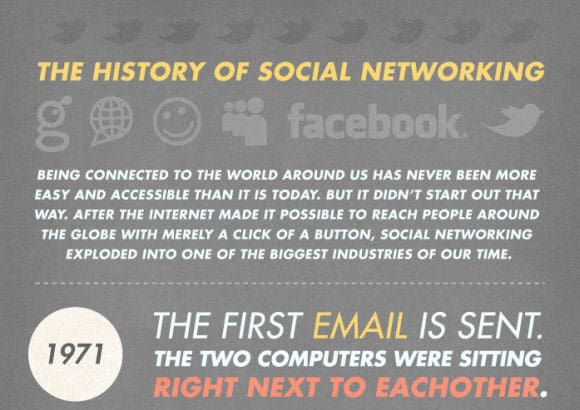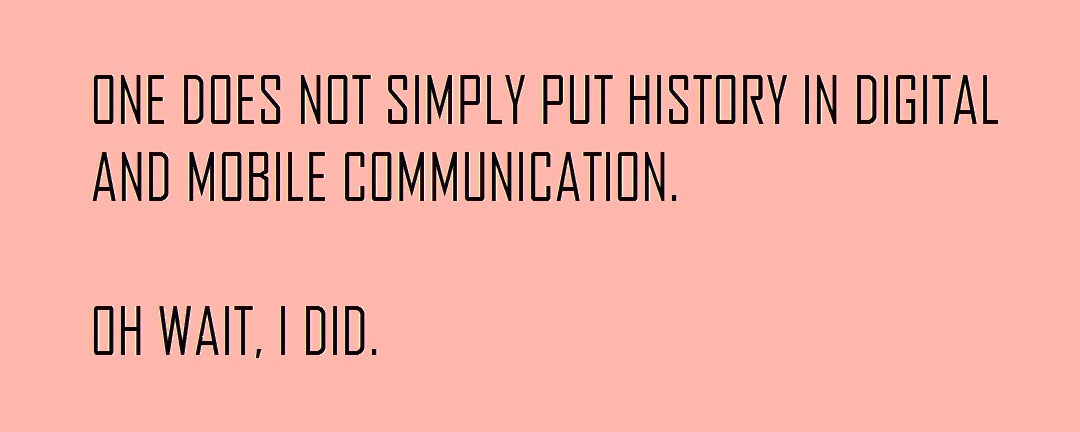
Social network sites, such as Facebook, My____, and Friendster has been increasingly used, especially Facebook. It is common that people share photos, events, even discuss things online through social network sites. But how social network sites started?
Usernets
Usernets was first conceived by Tom Truscott and Jim Ellis in 1979. It lets users to post articles or posts to newsgroup.
Google Group or Yahoo! Group used this Usernets' concept.
BBSs (Bulletin Board System)
First BBSs came online during late 1970s. During this time, only one person can access to this BBSs. Most BBSs involved in illegal activities such as virus code, hacking and phreaking.
Online Services
CompuServe and Prodigy were the examples of online services. These examples were among corporate attempts to reach internet.
IRC, ICQ and IM
Instant messaging was established at 1988 to share information quicker without having to get through emails.
Early Social Networks
Dating sites, forums, sites that allow profile creation (Six Degrees, AsianAvenue etc), online journal (LiveJournal), and online games (World of Warcraft) were some of the sites that firstly started.
Major Advance of Social Networks
Friendster, Hi5, LinkedIn, My____, and Facebook are the examples of latest social networks.
There are more social network sites from different genre like Youtube (video sharing) and Flickr (photo sharing).
Impacts on Malaysia
Social networks have brought relationships closer, both professional and personal. Other than helping people to express their ideas easily, it can helps information sharing to be more faster, thus helping information to be spread among Malaysians quickly.
http://www.webdesignerdepot.com/2009/10/the-history-and-evolution-of-social-media/
http://www.webdesignerdepot.com/2009/10/the-history-and-evolution-of-social-media/









